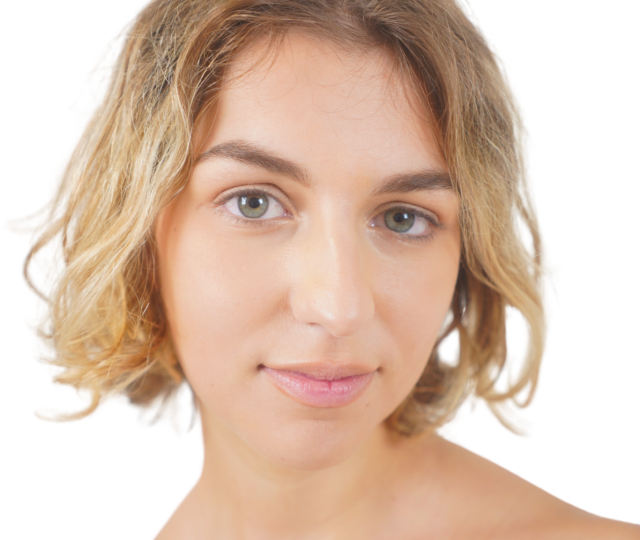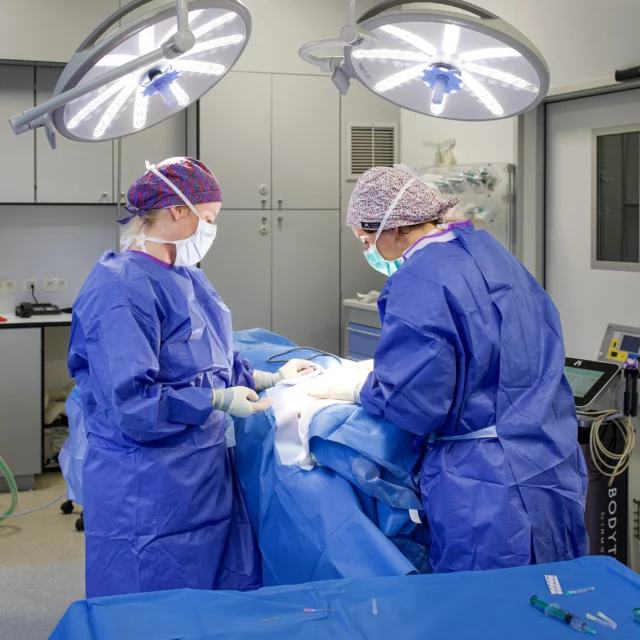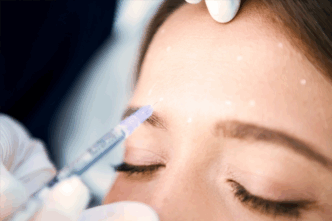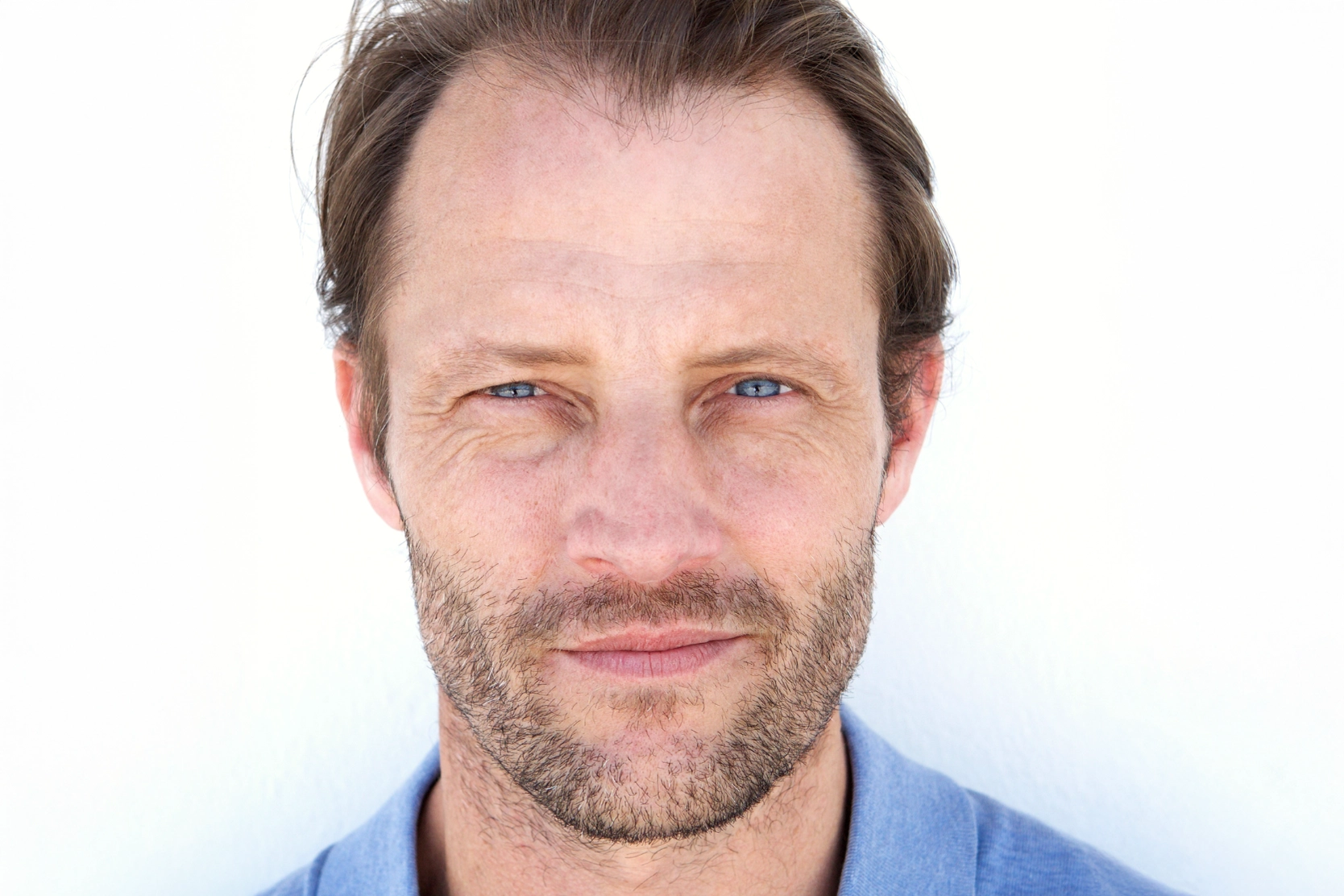What is blepharoplasty?
Blepharoplasty is a cosmetic surgery procedure designed to correct imperfections of the eyelids caused by ageing, genetics, or other factors. It has become one of the most popular cosmetic procedures thanks to its effectiveness in rejuvenating the eyes while preserving their natural expression and character.
Over time, the skin naturally loses its elasticity and firmness. This is especially evident around the eyes, where the skin is thinner and more delicate. Sagging eyelids, puffiness, or excess skin can create a tired or sad appearance, affecting the overall harmony of the face.
Aesthetic eyelid surgery addresses these concerns and restores a youthful, refreshed look to the eyes. The goal of blepharoplasty is not to change the eyes themselves, but to revitalise them, maintaining each patient’s authenticity and individuality.
Why opt for blepharoplasty?
Blepharoplasty is a plastic surgery procedure designed to correct eyelid imperfections. There are several reasons for this decision:
Signs of ageing and sagging eyelids
As we age, the skin gradually loses its elasticity, leading to sagging. The eyelids, with their fine and delicate skin, are especially prone to this change. Drooping eyelids can create a tired or sad appearance, even when you feel perfectly alert and well.
External factors contributing to droopy eyelids
- Smoking: smoking reduces blood circulation to the skin’s surface, which can accelerate skin ageing and contribute to eyelid sagging.
- Alcohol: excessive alcohol consumption can dehydrate the skin, making it more vulnerable to the signs of ageing.
- Lack of sleep: not getting enough rest can cause eyelids to swell and sag further.
Genetics and the drooping appearance of the brow bone
In some families, sagging eyelids, bags under the eyes or a drooping appearance of the brow bone may be a hereditary characteristic. In these cases, individuals may observe early signs of eyelid sagging, regardless of age.
The benefits of blepharoplasty
- Rejuvenation of tired eyes
- Correction of excess skin and puffiness
- Natural and harmonious results
- Discreet scars in natural folds
- A brighter and more refreshed look
- Precise surgical techniques
- Improved confidence

Frequently asked questions
What types of blepharoplasty are there?
Eyelid surgery can be performed on the upper eyelids, lower eyelids, or both, by the surgeon depending on the patient’s needs:
- Upper Blepharoplasty: this plastic surgery procedure is designed to treat excess skin and fatty bags of the upper eyelid. The result is a rejuvenated, rested look. The incision is generally made in the natural crease of the eyelid, making it discreet.
- Lower Blepharoplasty: this eyelid surgery is designed to treat fatty bags and excess skin on the lower eyelid. It can also correct fine lines and wrinkles under the eyes. The incision can be made just below the eyelashes or inside the eyelid, depending on the technique chosen.
- Combined upper and lower blepharoplasty: this classic cosmetic surgery procedure combines upper and lower blepharoplasty techniques in a single operation. It simultaneously addresses the problems of the upper and lower eyelids, offering an overall rejuvenation of the eyes. This approach is particularly beneficial for patients with signs of ageing on both upper and lower eyelids. The advantage of this combined method is that it enables complete harmonisation of the eyes with just one recovery period.
How does the procedure work?
- Upper Blepharoplasty: an incision is made in the natural crease of the eyelid, enabling the surgeon to remove excess skin and fat. This procedure, designed to rejuvenate the upper eyelid while minimising visible scarring, is generally performed under local anesthetic.
- Lower blepharoplasty: the incision can be made just below the eyelash line or inside the eyelid (transconjunctival technique). This method, designed to remove or reposition fatty pockets and, if necessary, remove excess skin, is most often performed under general anaesthesia to ensure optimum patient comfort.
- Approximate duration of the operation: the duration of the operation may vary according to its complexity and the technique chosen. However, a blepharoplasty generally lasts between 1 and 2 hours.
Are there non-surgical alternatives to blepharoplasty?
Yes, there are non-surgical treatments that can help improve the appearance of the eyelids, such as fillers, Botox and laser treatments. However, these treatments may not offer the same lasting results as blepharoplasty.
What additional aesthetic treatments are available?
In addition to blepharoplasty (eyelid surgery), several complementary non-invasive aesthetic treatments can be offered to enhance and rejuvenate the eyes:
- Hyaluronic acid injections: hyaluronic acid is a substance naturally present in the skin. Injected as a gel, it fills in fine lines and wrinkles, restores volume and deeply moisturises the skin. Around the eyes, it can be used to reduce dark circles and restore volume.
- Lipofilling: this technique involves taking fat from one part of the patient’s body (such as the abdomen or thighs) and reinjecting it into another area, such as the eyelids. Lipofilling restores eyelid volume naturally, using the patient’s own adipose tissue.
- Botox injections: botox, or botulinum toxin, is used to relax the muscles responsible for the formation of expression lines. Injected around the eyes, it reduces “crow’s feet” wrinkles and gives a rested look to the eyes.
How long is the recovery period after a blepharoplasty?
Most patients can resume their normal activities after one week, although precautions should be taken for at least two weeks to avoid strenuous activity.
When will the results of a blepharoplasty be visible?
Although results start to be visible as soon as swelling and bruising diminish, the final result may take several months to become fully apparent.
Are there any risks associated with blepharoplasty?
Like all surgical procedures, blepharoplasty can involve risks, although these are rare. It is essential to discuss any risks and complications with your surgeon.
Can blepharoplasty be combined with other cosmetic procedures?
Yes, blepharoplasty can often be combined with other procedures, such as a facelift or rhinoplasty, to achieve overall facial rejuvenation.
Is blepharoplasty permanent?
Although blepharoplasty offers long-lasting results, it does not stop the natural aging process. However, the benefits of the procedure can last for many years.
Is blepharoplasty painful?
Blepharoplasty is generally not very painful. Most patients describe only mild discomfort or tightness around the eyes rather than real pain. During the procedure, local or general anaesthesia ensures you feel no pain at all.
After surgery, it’s common to experience slight swelling, bruising, or a sensation of heaviness, which can be easily managed with prescribed pain relief and cold compresses. These symptoms usually subside within a few days.
In short, blepharoplasty is considered a low-pain procedure with a relatively comfortable recovery for most patients.
Are there any post-operative scars?
When it comes to blepharoplasty, the surgeon takes every precaution to minimise the appearance of scars.
Incisions for upper blepharoplasty are generally made in the natural crease of the eyelid. Once healed, these incisions are virtually invisible to the naked eye, as they blend into the eyelid crease.
For lower blepharoplasty, the incision can be made just below the lash line or inside the eyelid (transconjunctival technique). In both cases, the scar is discreet and hardly noticeable. The key to discreet scarring lies in the surgical technique used, post-operative care and the patient’s individual healing capacity.
Your journey in 3 steps
- Consultation
- Surgery
- Post-operative follow-up



At a glance
1 to 2 hours
On an outpatient basis
After 1 day
1 to 2 weeks
1 week
1 week
After 1 week
After 2 to 4 weeks
4 to 7 days
1 week
The result
Rejuvenated eyes: the removal of excess skin and fatty bags eliminates the tired, weighed-down appearance of the eyes. The eyelids regain their tone, giving the eyes a younger, more alert appearance.
Discreet scars:with advanced surgical techniques, incisions are carefully placed within the natural folds of the eyelids, making scars almost invisible once healing is complete.
Preserving natural charm: the surgeon preserves the unique characteristics of each patient, ensuring that the final result reflects the individual’s personality and natural charm.




